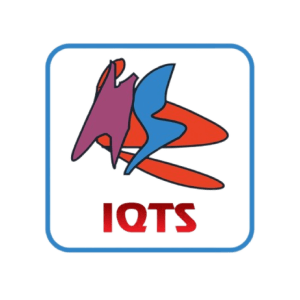
Industrial Safety Management
Introduction to Industrial Safety Management:
Importance of industrial safety in protecting workers, facilities, and the environment.
Overview of legal and regulatory frameworks governing workplace safety.
Roles and responsibilities of safety managers and professionals in balijitu slot gacor ensuring a safe working environment.
Hazard Identification and Risk Assessment:
Understanding different types of workplace hazards, including physical, chemical, biological, and ergonomic hazards.
Techniques for hazard identification, such as inspections, job safety analysis, and incident investigations.
Introduction to risk assessment methods, including qualitative and quantitative approaches.
Safety Policies, Procedures, and Safety Culture:
Development and implementation of safety policies and balijitu slot procedures in an organization.
Establishing a positive safety culture that promotes employee involvement, training, and accountability.
Effective communication strategies for disseminating safety information and promoting compliance.
Occupational Health and Safety Standards:
Overview of occupational health and safety standards, such as OSHA, ISO 45001, and other relevant regulations.
Compliance requirements and best practices for maintaining a safe and link barongjitu healthy workplace.
Understanding the role of safety audits, inspections, and certifications in ensuring regulatory compliance.
Incident Prevention and Emergency Preparedness:
Implementing proactive measures to prevent workplace incidents and accidents.
Developing emergency response plans, evacuation procedures, and crisis management protocols.
Conducting drills, training sessions, and exercises to enhance emergency preparedness and response capabilities.
Safety Training and Education:
Designing and delivering effective safety training programs for employees at all levels.
Identifying training needs, developing training materials, and evaluating training effectiveness.
Promoting safety awareness through ongoing education, toolbox talks, and safety campaigns.
Safety Management Systems:
Introduction to safety management systems (SMS) and their components.
Implementing SMS elements, such as hazard reporting systems, incident investigation processes, and safety performance metrics.
Continual improvement strategies for enhancing safety performance and reducing workplace incidents.
Ergonomics and Workplace Design:
Understanding ergonomic principles and their application in preventing musculoskeletal disorders.
Assessing and optimizing workplace design, equipment, and workstation ergonomics.
Promoting employee well-being and productivity through ergonomics and human factors considerations.
Contractor Safety and Industrial Hygiene:
Ensuring the safety of contractors and subcontractors working on-site.
Managing industrial hygiene concerns, including exposure to hazardous substances, noise, and ventilation.
Implementing control measures and monitoring systems to minimize occupational health risks.
Safety Performance Evaluation and Metrics:
Establishing safety performance indicators and metrics to monitor and evaluate safety performance.
Conducting incident analysis and trend analysis to identify areas for improvement.
Utilizing leading and lagging indicators to assess safety rtp balijitu performance and drive continuous improvement.
Conclusion:
The industrial safety management course equips learners with the knowledge and skills necessary to identify workplace hazards, develop and implement safety programs, and foster a culture of safety within organizations. By covering topics such as risk assessment, safety policies, emergency preparedness, and safety training, participants gain the tools to effectively manage safety in industrial settings. Ultimately, the course aims to create safer work environments, protect workers’ well-being, and ensure compliance with relevant safety regulations.
 Institute of Quality Technical
Institute of Quality Technical

